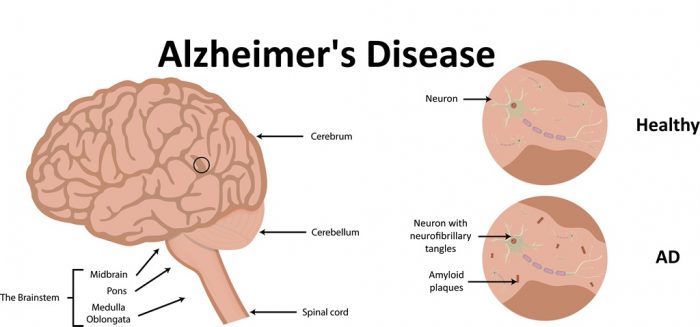Blood Test Could Predict Alzheimer’s More than 15 Years Before Onset BY MIKE BARRETT for Natural Society
The test could be very important for clinical studies
Alzheimer’s is an insidious disease that many people fear, so it’s super exciting to hear that a blood test could detect the disease as many as 16 years before onset. This would give doctors and sufferers time to make lifestyle changes and try treatments that could slow the onset of the disease earlier rather than later.
The test is simple. It is designed to measure changes in the levels of neurofilament light chain (NfL), a certain protein found in blood. Researchers wrote in the journal Nature Medicine that when levels of NfL rise, it may be an early sign of Alzheimer’s disease.
Lead researcher Mathias Jucker, professor of cell biology of neurological diseases at the German Center for Neurodegenerative Diseases, explained that NfL is a “marker in the blood which gives an indication of nerve cell loss in the brain. The more neurofilament you have in the blood, the more brain damage you have.”
Alzheimer’s remains an ‘incurable disease,’ unfortunately. But Jucker said the test will be “very important for clinical studies.” Being able to spot the disease years before the manifestation of symptoms could allow researchers to monitor the effectiveness of new treatments before symptoms arise, simply by measuring NfL levels.
Jucker said:
“Alzheimer’s disease starts at least a decade, maybe even 20 years, before we have any symptoms.”
It is not clear what causes Alzheimer’s to develop, which has made it difficult to predict its onset. It is believed that the disease is driven by the production and proliferation of amyloid-beta plaques in the brain.
As many as 5 million Americans are currently living with Alzheimer’s disease, according to the U.S. Centers for Disease Control and Prevention (CDC). That number is expected to rise to almost 14 million by the year 2050, the Alzheimer’s Association says. [1] [2]

Hunting for Signs of Alzheimer’s
For the study, the researchers recruited more than 400 people, including about 250 who had a genetic mutation that made them more susceptible to Alzheimer’s disease. This version of Alzheimer’s is quite rare and represents only 1% of all cases of the disease. [1] [2]
The researchers took blood samples from the participants and conducted brain scans and cognitive tests every 2-3 years. [2]
The team used a blood test kit similar to others already on the market that are not yet approved by the U.S. Food and Drug Administration (FDA) to diagnose or predict brain damage.
People with the genetic mutation had higher baseline levels of NfL that rose throughout the duration of the study. By comparison, participants without the mutation had low baseline NfL levels that remained steady. The researchers spotted a noticeable difference in levels of the protein between both groups, even 16 years before the onset of symptoms.




